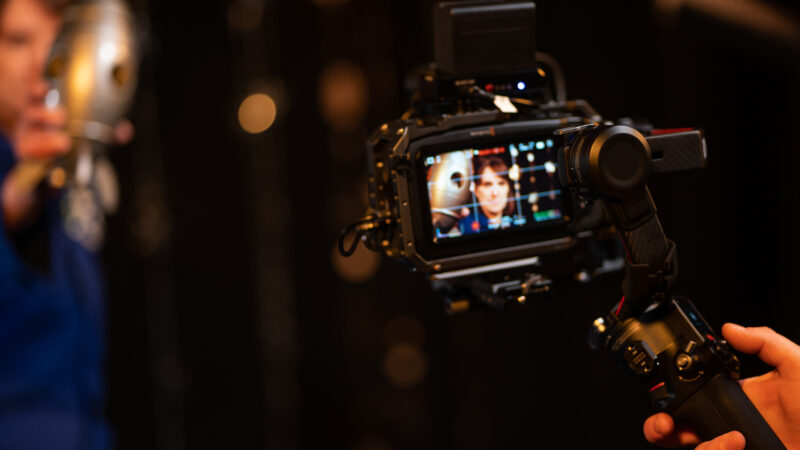In a new More4 series, Tony Robinson’s Museum of Us, Sir Tony Robinson helps the residents of an ordinary street in the UK create a museum of their street’s history.
New documentary series
The documentary series follows communities who come together to uncover the hidden history of their own ‘ordinary’ streets. In each episode, Sir Tony visits a street in Britain and leads a team of experts who help the residents design and create their own pop-up museum in just seven days. It’s a process that begins with the residents exploring their own personal connections to where they live, but grows to encompass how the stories of different streets and communities fit into Britain’s wider national history.
In the programme, Tony Robinson and the team visit four streets in Bristol, Birmingham, Aberystwyth and Norwich. The Space supported Birmingham Museum’s Trust and Uplands TV to create the episode set in Birmingham. The street featured is Somerset Road in Handsworth. A place full of rich and diverse histories, with links to war-torn Poland in WW2 and connections with Birmingham’s famed Jewellery Quarter.
Keen to discover more about the occupations of the past residents on her Handsworth street, resident Kanika visits the Museum of The Jewellery Quarter to get a glimpse of what working life was like for Birmingham’s renowned jewellery makers in the 1900s. Her research became the basis for a specially made jewellery bench exhibit.
Sara Wajid, joint CEO of Birmingham Museums Trust, said: “We are so proud to have played a role in such a great TV show with so many inspiring stories. Thank you to Channel 4 and Uplands TV for helping to find the untold stories of Somerset Road.”
Museum of Us starts on More4 on Monday 17th October at 9pm. The Birmingham episode airs on 24th October.
Tony Robinson’s Museum of Us was executive produced by historian and broadcaster David Olusoga, best known for presenting BBC Two’s house history series A House Through Time, who described it as about the “fascinating histories hidden behind [the] front doors” of ordinary streets in Britain.




